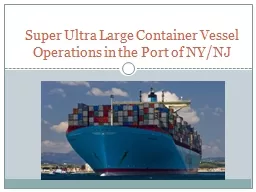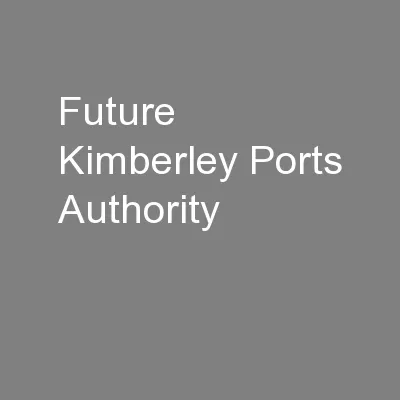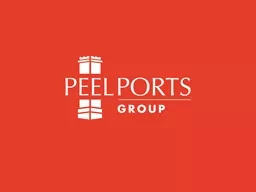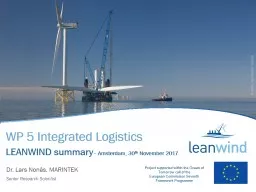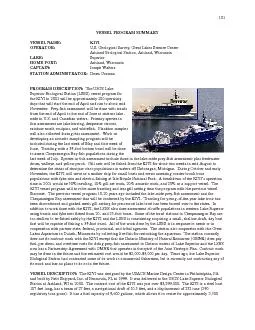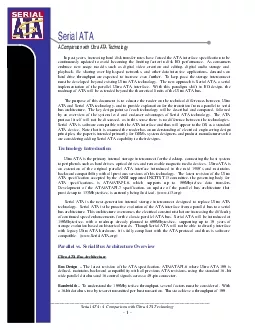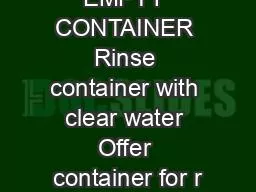PPT-Super Ultra Large Container Vessel Operations in the Port of NY/NJ
Author : kittie-lecroy | Published Date : 2018-10-21
Guidelines as of June 30 2017 Super Ultra Large Container Vessel SULCV any container vessel with a beam of 159 ft or greater Simulation studies of 14000 TEU SULCV
Presentation Embed Code
Download Presentation
Download Presentation The PPT/PDF document "Super Ultra Large Container Vessel Ope..." is the property of its rightful owner. Permission is granted to download and print the materials on this website for personal, non-commercial use only, and to display it on your personal computer provided you do not modify the materials and that you retain all copyright notices contained in the materials. By downloading content from our website, you accept the terms of this agreement.
Super Ultra Large Container Vessel Operations in the Port of NY/NJ: Transcript
Download Rules Of Document
"Super Ultra Large Container Vessel Operations in the Port of NY/NJ"The content belongs to its owner. You may download and print it for personal use, without modification, and keep all copyright notices. By downloading, you agree to these terms.
Related Documents

